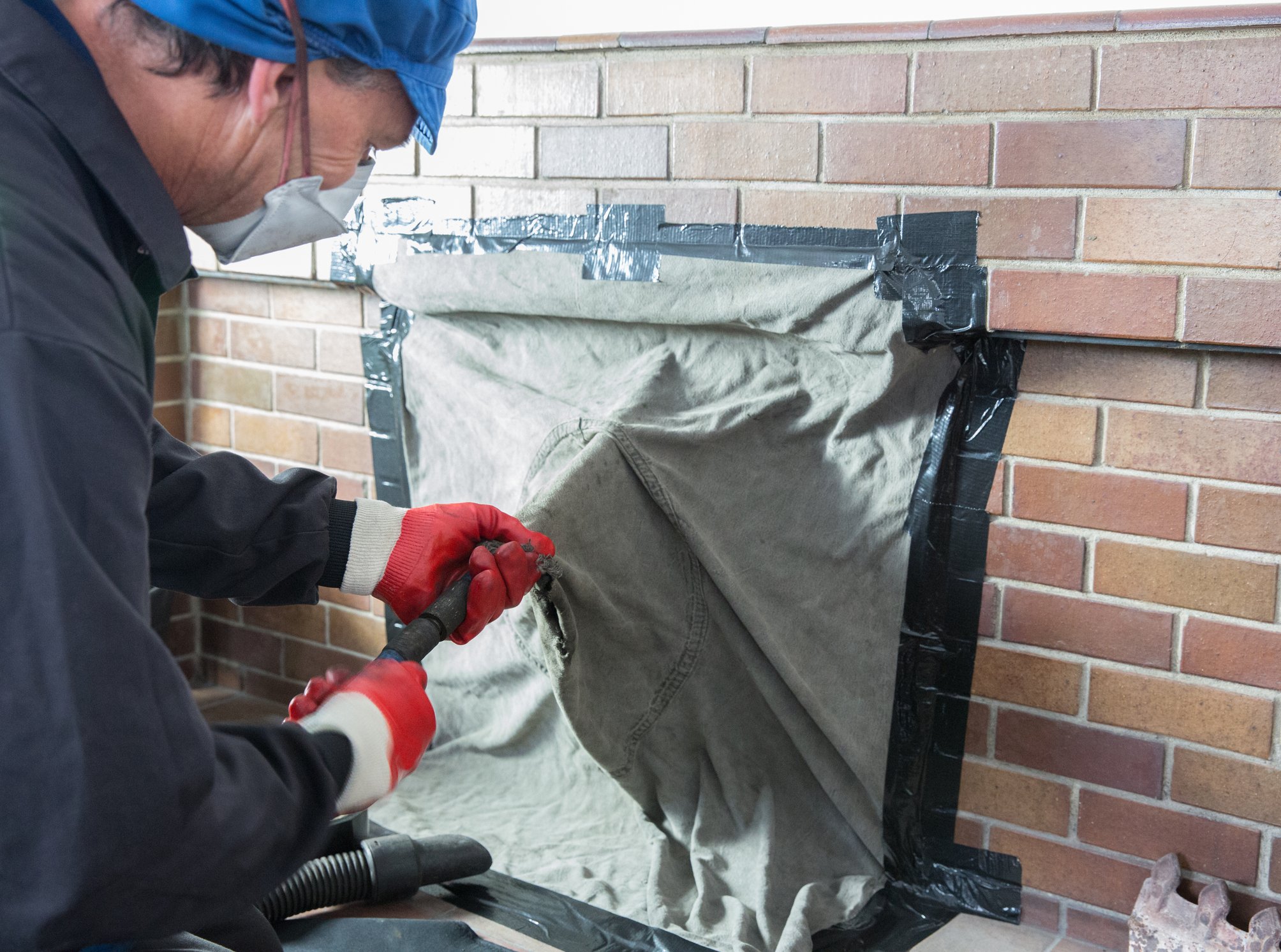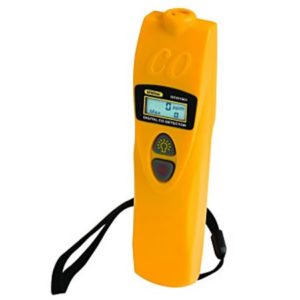
Carbon monoxide and home heating safety
The dangers posed by carbon monoxide in the home are well-documented. According to a 2015 study posted in The American Journal of Emergency Medicine, an average of 438 deaths occurred annually between 1999 and 2012 in the U.S. that were related to non-fire carbon monoxide poisoning, with 54% of those deaths occurring in the home.
Home inspectors can help keep people safe by making sure heating systems, a common source of CO poisoning, are in good working order.
According to an article on AHIT.com, toxic gases in the home can be attributed to these common situations:
- Today’s houses are more air-tight than ever. Homeowners are aware of the cost of heating drafty homes, and take steps to seal up windows, doors and other areas of air-infiltration. Consequently, less fresh air is coming into a home, resulting in fewer pathways for stale or polluted air to leave it. In addition, when furnaces and boilers are starved for of the oxygen needed to burn fuels completely, carbon monoxide is produced.
- Manufacturers have designed new, high efficiency heating appliances to help save money, conserve natural resources and decrease environmental pollution. However, the new breed of high efficiency gas and oil furnaces – when vented into existing chimney flues – often do not perform at an optimum level. The difference in performance creates conditions that allow toxic gases to enter living spaces more easily. Also referred to as back drafting which can be a life safety issue.The exhaust of a high efficiency gas furnace should never terminate in a chimney. The plastic exhaust pipe can run through an abandoned chimney but has to terminate at the top so the gases go outside.
Tips for home inspectors
Rob Parker, a home inspector for 14 years and owner of Thamespec Home Inspection Service in London, Ontario, offered some basic advice to fellow home inspectors when checking heating systems.
Among other issues, AHIT.com reported toxic gases in the home can be attributed to tightly sealed windows, doors and other areas of air-infiltration that enable less fresh air to come in and fewer pathways for stale or polluted air to leave it.
“Look for rust, age, condition of an exhaust vent, whether it’s going up a metal chimney into a brick chimney or the new plastic side vents ,” said Parker, who is registered with the Ontario Association of Home Inspectors and a professional inspector with the American Society of Home Inspectors. Any signs of loose joints or broken connections or deterioration should be checked by a qualified HVAC technician.
The placement of sidewall exhaust vents in modern furnaces is crucial for inspectors to note, Parker said.
“They cannot be near an intake for an HRV ventilation system because that is drawing air from the outside, and it could draw air from the heating vent, and instead of pumping it out, it could pull it back in the house,” Parker said. “If the dryer’s not on, that exhaust gas from the furnace can be brought right back into the house.
“With the new systems, I’d make sure there’s adequate clearance from any air intake or any window that can be opened (to) the exhaust of the furnace.”
An average of 438 deaths occurred annually between 1999 and 2012 in the U.S. that were related to non-fire carbon monoxide poisoning, with 54% of those deaths occurring in the home.
Fireplaces also can be sources of CO poisoning in the home, whether they are gas-operated or wood-burning. Parker recommended gas fireplaces should be cleaned and serviced once a year along with the furnace. Inspectors should make sure vents for gas fireplaces are not blocked, as that can allow CO back into the house.
For wood-burning fireplaces, Parker said chimneys should be swept regularly.
“If you use it every day of the year, two or three times a year that chimney should be swept out,” Parker said. “If you use it once or twice or three times during the winter, (sweeping it) every couple of years works.”
CO detectors should be placed much like smoke detectors; bedrooms, hallways, one per floor minimum, etc. Consult manufacturer’s installation instructions for proper placement.





